- Established 1982 -HOME: www.hiltonpond.org
THIS WEEK at HILTON POND Subscribe for free to our award-winning nature newsletter (Back to Preceding Week; on to Next Week) |
SERENDIPITOUS SERPENT We caught a few birds at Hilton Pond Center on 6 October 2022 and recaptured a banded Ruby-throated Hummingbird so, yes, most years you could still have hummers in your area in early October. As we were checking mist nets that afternoon we glanced down at a bright green object crossing the trail and saw it was a Rough Green Snake, Opheodrys aestivus (below). We bent down and grabbed it quickly lest it slither invisibly into the weeds.
All text, maps, charts & photos © Hilton Pond Center This slender serpent was a mature specimen about 20" long--they get to about 32" max--and likely a male (based on the long, narrow taper of its tail). A docile creature, it did squirm a bit and flick out its pinkish tongue but made no attempts to bite--not that its small mouth and tiny teeth could have inflicted any pain or damage. Unlike many wild snakes it fortunately did not void its cloaca and cover our hands with pungent feces. (How anyone could fear or dislike this emerald-colored serpent is beyond us.)
A similar but somewhat smaller species, the Smooth Green Snake, O. vernalis, replaces its congener in the Appalachians and the northeastern U.S. and out west. Its scales are much smoother than those of the Rough Green Snake (above right), hence their respective names. Both species fall prey to hawks, herons, and carnivorous mammals such as Raccoons and fox--and are shredded by lawnmowers and brush whackers. Insecticides, which kill the snakes' food, have widespread negative impact on populations of both Green Snakes, and--in many instances--chemical applications kill these harmless (and beneficial) little creatures directly.
All text, maps, charts & photos © Hilton Pond Center A further check of our natural history records revealed a delightful coincidence: The last time we observed a Rough Green Snake here was almost exactly 21 years ago during the second week in October 2001--on a day when Phil Jurney brought son Taylor and daughter Rachel (above) during an Impact Fund site visit to Hilton Pond. We snapped the attached photograph of those two excited kids as they expertly handled the serpent on a sunny autumn afternoon more than two decades back. Now they're all grown up--graduates of The Citadel (Taylor) and Appalachian State (Rachel)--but this image of them remains one of our all-time favorite photos depicting the pure joy of environmental learning at Hilton Pond Center. All text, maps, charts & photos © Hilton Pond Center WHAT THE HECK IS THAT? One of the most intriguing things about deploying mist nets to catch wild birds for banding at Hilton Pond Center is we never know what the day's activity might bring: Colorful (and unconfusing) fall warblers en route from Canada to Costa Rica? A resident Northern Cardinal recaptured for the umpteenth time in eight years? Or perhaps a hungry Red-shouldered Hawk chasing prey at one of our many seed feeders? We've experienced all those and many more, but this week on 14 October we encountered something unexpected in a bird that might be a bit confusing to many observers.
All text, maps, charts & photos © Hilton Pond Center Check it out (above): Long dark bill, short tail, black plumage with grayish-brown head and face, rusty-edged wing feathers, and prominent white spots. (Some folks see white hearts!) It's a hodge-podge of field marks that might indeed confuse birders, but if we juxtapose the image above against that just below, most folks would know right off it's a . . .
All text, maps, charts & photos © Hilton Pond Center . . . European Starling! Yes, this new capture was a hatch-year Sturnus vulgaris in somewhat confusing subadult plumage. Fledglings start out being light brown all over--like the head of the bird in our top photo--but as a breeding adult (just above), the starling will be mostly black and the bill yellow. The base of the mandibles in breeding males is blue, as shown (pink in females); adult males are also a bit more glossy than their mates. Interestingly, adult starlings change color not by bringing in bright new plumage but primarily through "wear molt"; i.e., the brownish tips of most body feathers wear off over time, revealing those familiar black bases. First imported from overseas 130 years ago, European Starlings are held in great disdain by many North Americans--from farmers to avian ecologists to backyard birding enthusiasts. The latter don't like the aggressive starling's penchant for chasing native birds from feeding stations, agriculturalists don't appreciate starlings eating cattle feed or decimating grain and fruit crops, and ornithologists fret over the way starlings out-compete native cavity nesters such as Eastern Bluebirds, Purple Martins, and even woodpeckers. If we humans had it to do over again, we probably wouldn't have released that initial flock of 60 European Starlings in New York's Central Park in 1890. (NOTE TO BIRD LOVERS: Introducing birds to a different continent just because they're mentioned in Shakespeare's writings wasn't ever a good idea. Those initial small flocks of starlings now number more than 200 million individuals that range in marauding, murmurating flocks from Alaska to Mexico and the Caribbean.)
All text, maps, charts & photos © Hilton Pond Center In their native lands, European Starlings actually may be admired by nature lovers. As they begin acquiring their adult plumage, even young starlings like the one just caught at Hilton Pond (above) show a mesmerizing, eye-pleasing mix of iridescent green and blue feathers.
All text, maps, charts & photos © Hilton Pond Center European Starlings do indeed have an impressive bill capable of cracking seeds, crushing beetles and grasshoppers, penetrating fruit, and attacking other birds whose eggs and nestlings they sometimes eat. They're omnivores, for sure, picking through garbage and offal in parking lots and along rural roadways. Starlings have been known to do battle against woodpeckers with equally large bills, successfully driving our native cavity dwellers away from choice nesting holes excavated by the woodpeckers themselves.
All text, maps, charts & photos © Hilton Pond Center European Starlings also have big feet, with four strong clawed toes emanating from each tibiotarsus. Orange legs--and a black iris--help differentiate starlings from Common Grackles that have yellow eyes, black legs, and much longer tails. Starlings and grackles often flock together in winter--along with Rusty or Red-winged Blackbirds, but true blackbirds (Icteridae) European Starlings are not. They're in their own Old World family--Sturnidae--along with numerous other starlings, mynas, and Philippine creepers. Although some banders report altercations with European Starlings that used their big bills and strong legs to peck and claw, the one we caught this week at Hilton Pond Center was quite docile. We occasionally see small flocks of starlings flying over the Center, but we're grateful they seldom stop in at our feeders. In fact, during 41 years of local research we've captured and banded just nine European Starlings. All text, maps, charts & photos © Hilton Pond Center HILTON POND SUNSETS "Never trust a person too lazy to get up for sunrise
All text, maps, charts & photos © Hilton Pond Center Sunset over Hilton Pond, 09 October 2022 Despite the gravid Hunter's Moon coming up in the East, Don't forget to scroll down for lists of Hilton Pond supporters and of all birds banded and recaptured during the period. Photoshop image post-processing for this page employs |
|---|
|
"This Week at Hilton Pond" is written and photographed by Dr. Bill Hilton Jr., executive director of Hilton Pond Center for Piedmont Natural History
|
|
|
Please refer "This Week at Hilton Pond" to others by clicking on this button: |
|

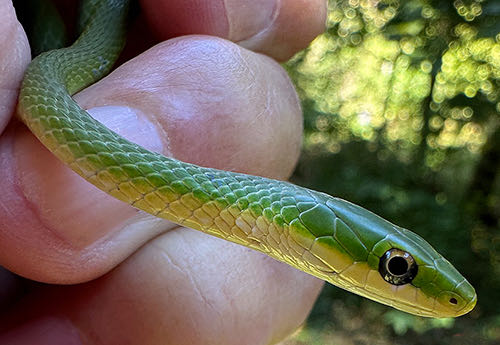
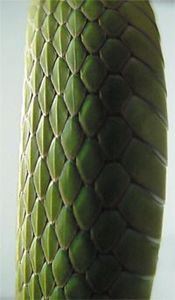 Although the species is common across the southern tier of the U.S., we haven't seen one at the
Although the species is common across the southern tier of the U.S., we haven't seen one at the 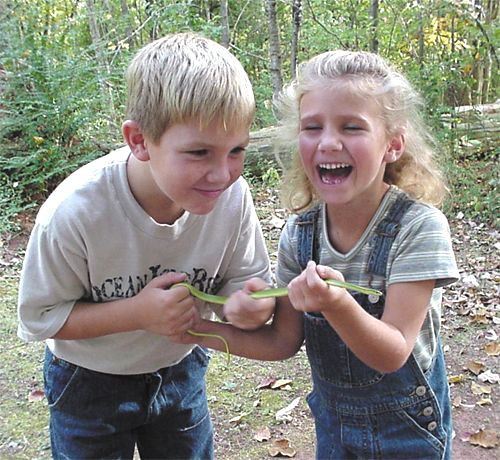
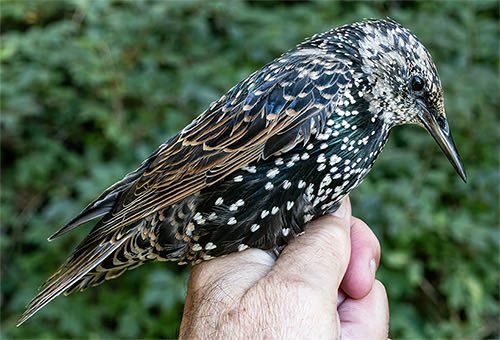
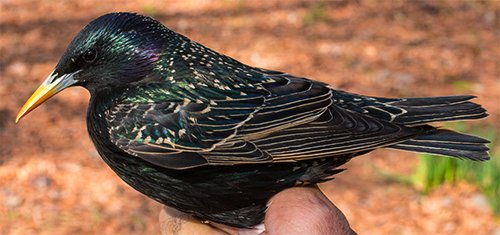
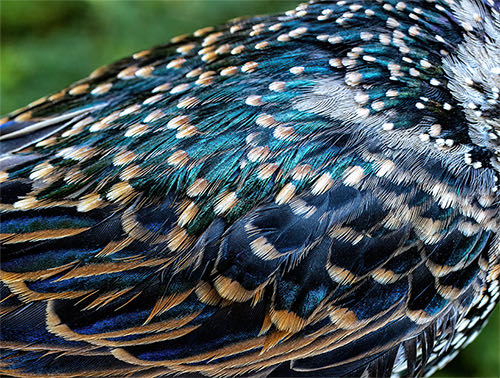
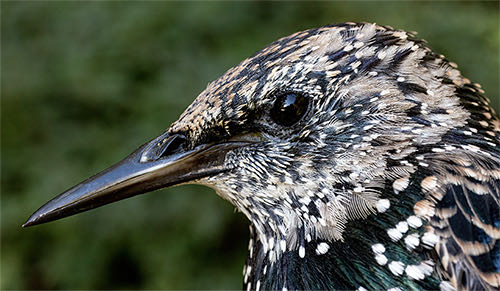
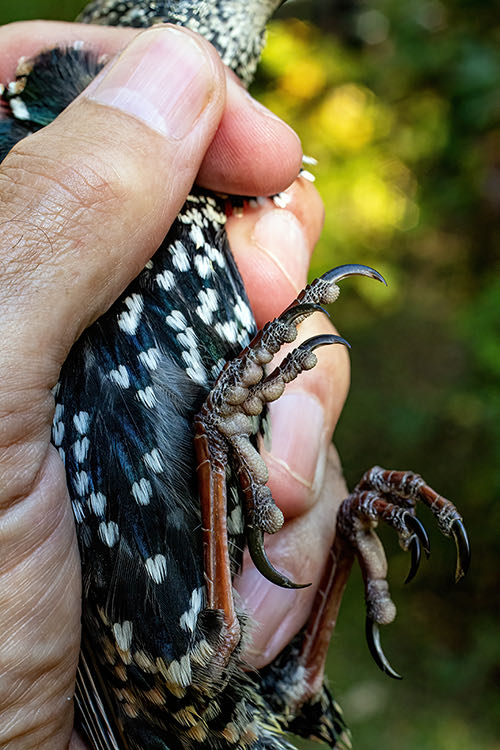
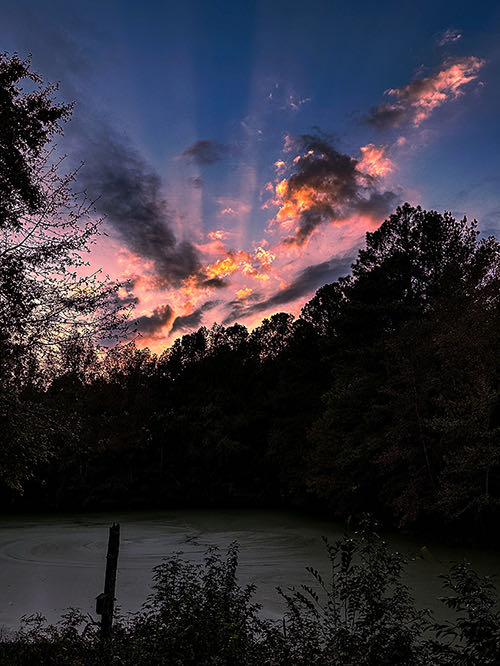









 Please report your
Please report your Oct 15 to Mar 15:
Oct 15 to Mar 15: